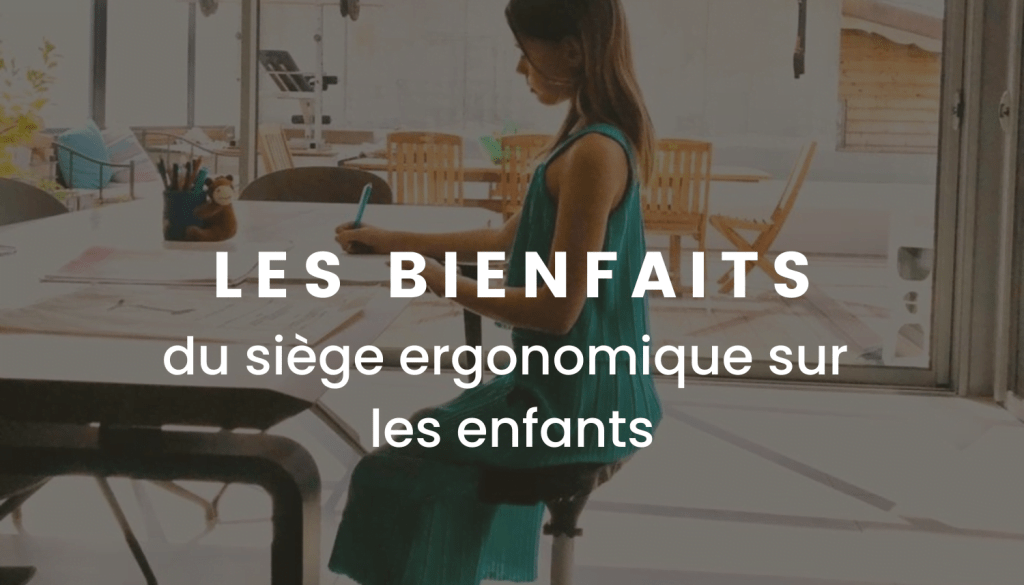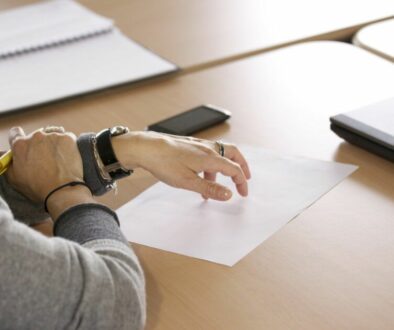Les bienfaits du siège ergonomique sur les enfants
ACTIVEBASE , le siège ergonomique pour nos enfants !
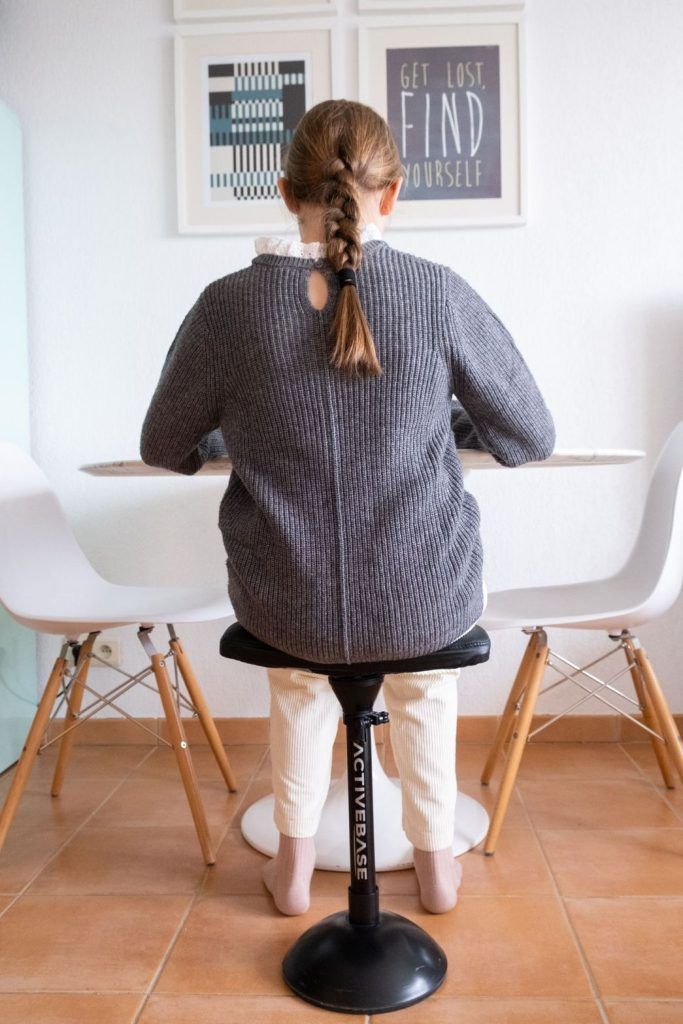
Nous savons maintenant, grâce à de très sérieuses études, que la position assise statique, durant des heures est lourde de conséquences sur notre santé. Les symptômes les plus fréquents dûs à celle-ci sont le stress, le manque de concentration, les maux de dos (cervicalgies, tendinites…), la fatigue ou encore les jambes lourdes. Il va de soi que cela n’épargne pas nos enfants qui en pleine croissance subissent de manière magistrale les mauvaises habitudes, notamment posturales, qui sur le long terme, si elles ne sont pas corrigées, risquent fort de porter atteinte à leur tout jeune et fragile capital osseux, jusqu’à laisser des séquelles à l’âge adulte : TMS troubles musculo-squelettique, vrai fléau auquel les entreprises et l’assurance maladie tentent de remédier. Prendre le problème à la “BASE” ou “Mieux vaut prévenir que guérir” prend tout son sens !
Des mauvaises postures dès l’école
Malheureusement, dès l’entrée à l’école, nos enfants sont contraints à rester assis de longues heures, ce qui n’est pas naturel pour eux. Habitués à bouger, cette contrainte devient vite un obstacle pour la concentration et devient source de nervosité. S’il existe des accessoires comme le coussin de massage ou plus “farfelu” comme l’élastique sous les pieds (pour ne citer qu’eux) afin de palier aux problèmes de posture chez les enfants, cela ne règle pas le problème de fond: l’inadéquation du mobilier qui leur est destiné et le manque d’ergonomie des sièges sur lesquels ils sont assis 8 heures par jours !
Certes, il est difficile pour l’instant, d’imaginer que tous les établissements scolaires puissent s’équiper du tabouret dynamique ACTIVEBASE, compte tenu du coût que ce changement occasionnerait. En attendant, on peut compenser à la maison en équipant nos enfants, dès le plus jeune âge, d’un mobilier ergonomique, pratique, adapté à leur morphologie et préservant ainsi le plus possible leur santé.
Le tabouret ACTIVEBASE pour apprendre à mieux s’assoir
C’est en ce sens que le tabouret proprioceptif ACTIVEBASE a été conçu. Ce siège ergonomique pour enfant est révolutionnaire et leur permet de bouger, tout en leur assurant un excellent maintien de leur dos qui se muscle dans le même temps.
Ainsi, en diminuant la fatigue, en favorisant la concentration et en créant un climat propice au travail dans l’efficacité et la bonne humeur, le siège ACTIVEBASE s’avère être un précieux allié pour le bien-être de nos enfants.
Les principaux effets du siège ACTIVEBASE sont sur :
La proprioception Le tonus musculaire La coordination La posture et l’équilibre
Ces différentes actions, en particulier sur le système proprioceptif et sur le Tonus musculaire vont augmenter d’une manière significative et objective les bons résultats lors des séances de traitements de ces enfants. La chaise ACTIVEBASE stimule le système proprioceptif celui qui régule notre position dans l’espace et nos mouvements. Sa fonction en interactivité et en interdépendance avec les autres organes des sens constituent le système Postural. Ce système postural, nous permet d’être conscient de notre posture, de développer la perception sensorielle. Devant une atteinte fonctionnelle du système proprioceptif, on peut retrouver des symptômes de “DYS”, en particulier :
- un trouble de Tonus musculaire
- un trouble de l’orientation spatio – temporel
En utilisant de manière régulière le siège ergonomique ACTIVEBASE, nous stimulons ces différents systèmes afin d’améliorer et d’optimiser les prises en charge de ces différents troubles.
Alexandre LOOS , Docteur en chiropractie
Dans le témoignage qui suit, Christine Belli Présidente de l’association “GRAPHIDYS”, nous fait part de son expérience avec le siège ergonomique ACTIVEBASE en séance de graphothérapie.
Les bienfaits du tabouret dynamique ACTIVEBASE, sur les enfants diagnostiqués « DYS » et les enfants atteint du « TDAH » !
- DYS : Expression regroupant les troubles spécifiques du langage et des apprentissages comme : dyspraxie , dyslexie , dysphasie
- TDAH : Trouble Déficit de l’Attention/hyperactivité
Les stimulations provoquées par l’assise dynamique ACTIVEBASE sont d’une grande utilité dans la prise en charge des enfants “DYS” (environ 10% des enfants scolarisés),ou atteints du TDAH.
Les enfants atteints du TDAH doivent se tortiller pour apprendre selon une étude de l’UCF : Université de Floride centrale – Orlando, FL News.
“Arrête de bouger et concentre-toi !“
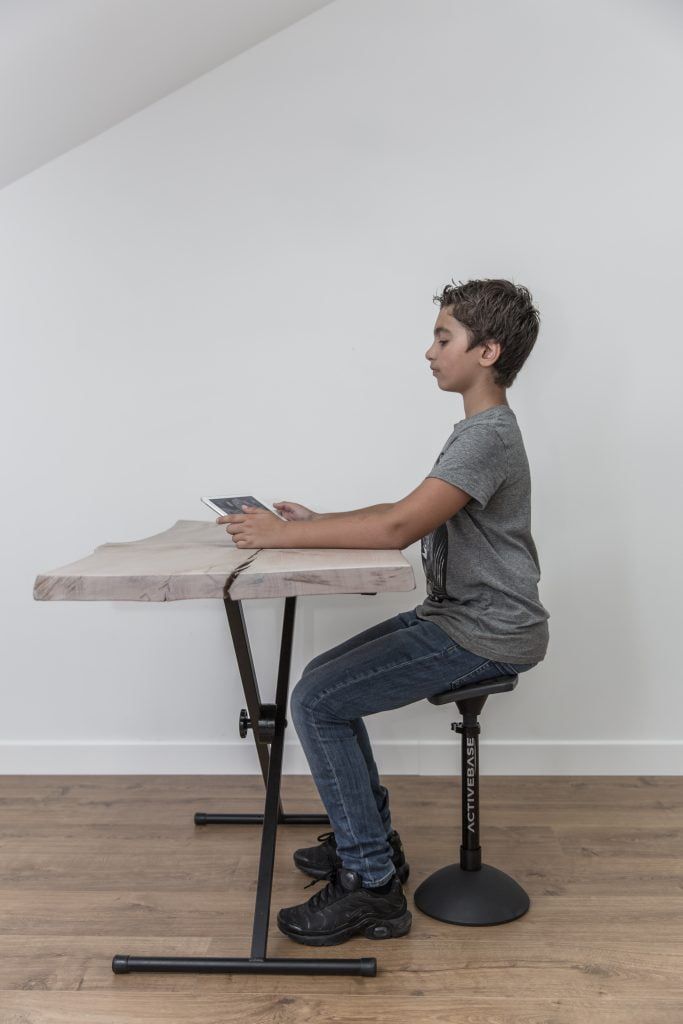
Deux injonctions contradictoires pour certains enfants qui ont besoin de bouger pour se concentrer.
Un article très intéressant sur le site RIRE nous explique que taper du pied, balancer les jambes ou se tortiller sur sa chaise sont des mouvements dont l’enfant ayant un TDAH a vitalement besoin pour retenir l’information et réaliser des tâches cognitivement complexes.
Si on leur demande de supprimer leurs mouvements spontanés, ceci va occuper une très grande partie de leur capacité attentionnelle… Il en restera donc peu pour les apprentissages. D’ailleurs on observe souvent des adultes qui se mettent à faire un mouvement répétitif (faire tourner son crayon, taper du pied, marcher en tournant en rond…) quand ils doivent se concentrer.
Il ne s’agit pas de les laisser sauter de table en table ou grimper aux rideaux, mais plutôt de trouver des solutions adaptées pour concilier besoin de mouvement et respect du cadre de travail.
Aux Etats-Unis, en Norvège, en Suisse et chez nous en France le ballon de gymnastique est utilisé dans certaines classes de primaire afin d’améliorer la posture et la concentration chez l’enfant. Ils ne connaissent pas encore le siège dynamique ACTIVEBASE qui de toute évidence est bien plus adapté aux salles de classe, tant par sa petite taille, que par sa fonction de siège évolutif rendu possible grâce à ses 2 cônes ajustables situés aux 2 extrémités.
